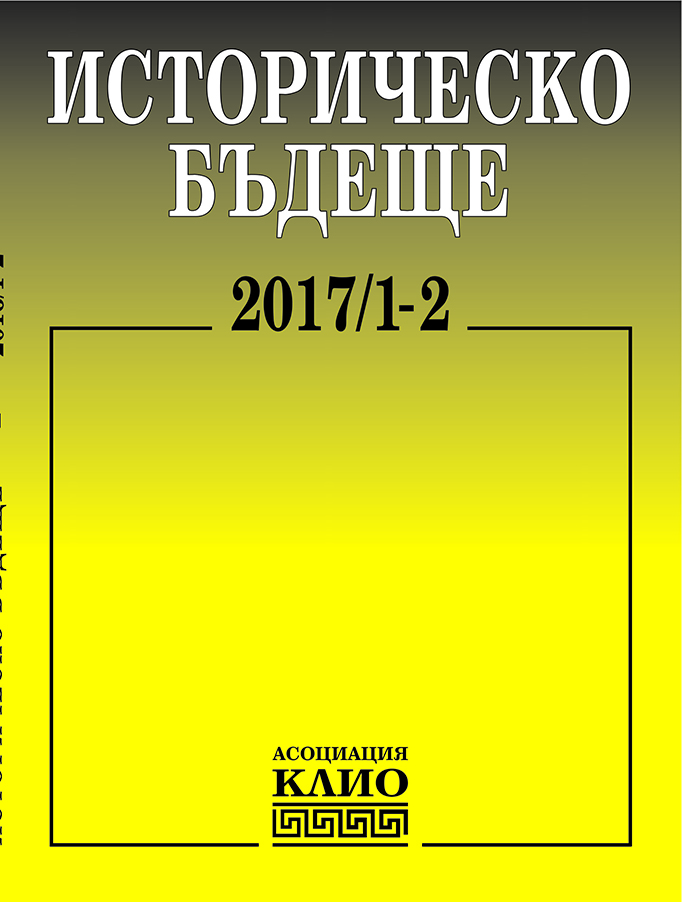За един малко известен демонологичен персонаж „бробняча“ (По теренни материали от гр. Чипровци)
About One Not So Famous Demonic Creature – the So Called Brobnyacha (According to the results of a field work in the town of Chiprovtsi)
Author(s): Vanya IvanovaSubject(s): History, Cultural history, Ethnohistory, Local History / Microhistory, Oral history, Modern Age, 17th Century, 18th Century, 19th Century, Pre-WW I & WW I (1900 -1919), Interwar Period (1920 - 1939)
Published by: Асоциация Клио
Keywords: brobnyacha; Bulgarian mythology; demonic creatures; witchcraft; the town of Chiprovtsi; Chiprovtsi uprising (1688); refugees; regional history
Summary/Abstract: The current article is devoted to a not so widely known in the specialized Bulgarian ethnological literature demonic creature, mostly known in two villages in Northwestern Bulgaria (Chiprovtsi and Zhelezna) and called brobnyacha. The lexeme brobnyacha can only be found in one official Bulgarian language dictionary – the one published in 1908 by N. Gerov. When trying to position the brobnyacha in the Bulgarian and South Balkan folklore mythological pantheon it turns out to be a combined image of different supernatural demonic creatures’ characteristics – vampir – vampire, samodiva – fairy, karakondzhul etc, but without enough common ground with any of them (in terms of chronotopic positioning and actual actions). It is also impossible to sort the brobnyacha as one of the well-known types of witch (magyosnitsa, mamnitsa, bayachka, znaharka, veshtica) among the same regions of Orthodox population. However, the comparative analysis made points to similarities and allows for analogies with the tragically known ‘witch hunting’ in Central and Western Europe. There are also many similarities to witches from the classical fiction literature. In the search of an acceptable explanation, the hypothesis is presented that after the Chiprovtsi uprising in 1688, part of the refugees who at first settle in lands controlled by the Hapsburgs at that time could have become witnesses to ‘belated’ trials against witches in the end of the 17th and the beginning of the 18th century. Since the fate of many of those refugees and their descendants remains unknown, it is logical to conclude that some of them returned to Chiprovtsi and memories of the witch trials have been transformed in the image of the brobnyacha. According to some of the informants the brobnyacha of Chiprovtsi vomits the blood drunk – the same actions is to be seen by the so-called striga of the mountains in Northern Albania. This does not seem to be coincidental and, if the theory about an Albanian presence in the described area of the Chiprovtsi region before 1688 is accepted, which can be confirmed also through the recording of typical Albanian given names in the Ottoman Empire’s tax registers from the region.
Journal: Историческо бъдеще
- Issue Year: 21/2017
- Issue No: 1-2
- Page Range: 117-150
- Page Count: 34
- Language: Bulgarian
- Content File-PDF

